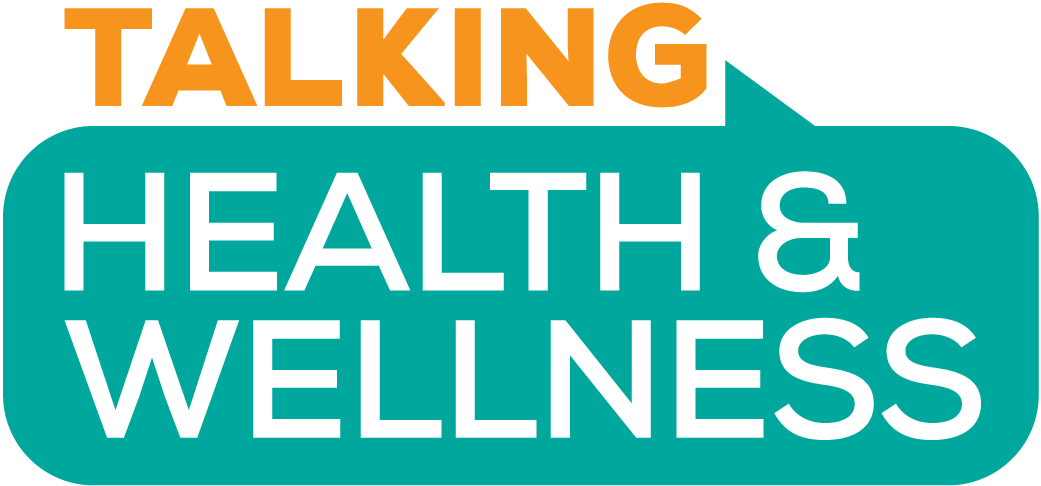Ease into strength training with this 30-day walking and resistance band workout
Gain definition and strength and reduce your risk of injury with this easy-to-follow plan.
After a long winter spent hibernating on the couch, this is the time of year that many of us get that itch to start moving again. Spring weather draws us outdoors for walks and makes juicy fruits and veggies more appealing (bye, heavy comfort foods!).
But with so many diets and workouts out there, it can be difficult to figure out where to start. A lot of folks jump right into intense cardio routines because they think that cardio will help them see and feel the quickest results, but strength training is actually a smarter place to start to see the results you want.
More defined muscles are easier to see. So, if you want to look toned, strength training is necessary. And while strength training is often thought of as a means of improving athletic performance or gaining muscle mass, it’s also a great way to prevent injuries. When your muscles are strong, they are better able to move your joints — and protect them — making everyday movements easier.
Intimidated by strength training? You’re not alone. The idea of going into a gym full of already fit health nuts and navigating the weight rack can be scary. That’s why when I work with clients who are just getting started with strength work, I love to recommend resistance bands. Resistance bands are an easy, accessible workout tool that you can use at home — or wherever.
Resistance bands are less expensive, more portable and more versatile than dumbbells. If you’re looking for a way to tone your muscles and get a more defined look without expensive equipment, resistance bands are a great option. Plus, they offer a unique form of strength training that also works your stabilizing muscles, which adds an additional core challenge. And, let’s be honest, toning your abs while you’re exercising other parts of your body is a pretty major bonus.
Do resistance band workouts really work?
It’s easy to assume that you need giant weights to get strong, but that’s just a myth. In fact, there are some things that resistance bands can do for you that weights simply can’t. Resistance band workouts really work because there is constant tension throughout the entire movement of an exercise. With dumbbells and body weight, there’s only tension on the exertion portion of the movement.
For example, when you do a bicep curl with a resistance band, there is tension on the way up to curl and also on the way down as you return to the starting position. When you use dumbbells, there’s only resistance on the biceps on the way up — and that resistance is what creates strength.
Resistance bands also make it easier to target smaller muscles. Because larger muscles frequently take over when you use weights or your body weight, resistance bands can be used by people in rehabilitation or physical therapy to help safely activate all of the smaller muscles, as well as the larger muscles.
How long should a resistance band workout be?
I recommend starting with a 10-minute resistance band workout and seeing how you feel. This can be your entire workout, or part of a longer workout. You can also continue doing exercises beyond 10 minutes if your fitness level is more advanced.
Each workout in this month’s plan should take about 10 minutes. If it takes you more or less time, you can adjust the number of repetitions you do to add or subtract time if you need to.
Is it OK to do a resistance band workout everyday?
Working the arms one day and the legs the next day with resistance bands is great. But I do not recommend working the same body parts two days in a row with resistance bands, which follows my general recommendation for strength training big muscle groups!
Who are resistance band workouts for?
I recommend resistance band workouts to:
- Those who want to feel balanced and coordinated.
- Anyone traveling who needs to pack something that takes up little space.
- People who work out at home and want an inexpensive piece of equipment.
I don’t recommend resistance bands for people who feel uncoordinated because resistance band exercises can be more complicated than dumbbell or body-weight exercises. There’s no reason to needlessly frustrate yourself if resistance bands make you feel unstable!
30-day walking and full-body resistance band workout

You can use resistance bands to target every major muscle group — and that’s exactly what we’re going to do! I’ve devised this 30-day resistance band routine to strengthen the upper body, lower body and core — plus give you a cardio workout, too. Suggested walking days are included to give your body a rest from strength training, but I encourage you to keep up your current walking routine. You can walk on strength days, too!
Once you have the moves down, try doing them along to the beat of your favorite song. Music can really help you stay motivated while you’re working out. If you don’t have any go-to playlists, don’t worry, we have a selection of playlists curated by Al Roker and some of our favorite fitness instructors.
Source: https://www.today.com/health/resistance-band-strength-workout-plan-t243751

